An important tool in systematically eradicating obstetric fistula is understanding the state of women’s health and development. Through the United Nations Population Fund (UNFPA) data dashboard, we can better understand population trends in Ethiopia and how to appropriately meet the maternal health needs of women in Ethiopia. This data – and Hamlin Fistula Ethiopia’s work – can also be used as a metric for the progress being made to achieve the United Nations Sustainable Development Goals (SDGs).
Population trends in Ethiopia
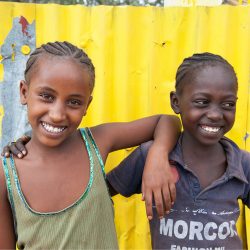
Ethiopia’s population, which was estimated in the UNFPA World Population Dashboard to be 115 million people in 2020, continues to grow. Notable increases in the estimate life expectancy at birth can account for the continued growth in population even while fertility rates drop. A girl born in Ethiopia in 2021 has an expected life expectancy of 69 years. This is a notable improvement on life expectancy compared to a life expectancy of 61 years for a girl born in 2010.
At the same time, the fertility rate of women in Ethiopia has declined from 5.26 in 2010 to 4 in 2021. Ethiopia’s total fertility rate of 4 remains high relative to the global total fertility rate of 2.4 children per woman. Reductions in total fertility rates indicate increased access to maternal health care, such as midwives, and greater agency for women to affirm when they have children and make informed choices about their sexual health.
The UN Sustainable Development Goals
The SDGs were adopted by the UN in 2015 that call for development in all countries to balance social, economic and environmental sustainability. A successor to the Millennium Development Goals, the SDGs place greater emphasis on protecting the planet, eradicating poverty, and the integrated nature of the goals – that action on one area will impact outcomes in other goals.
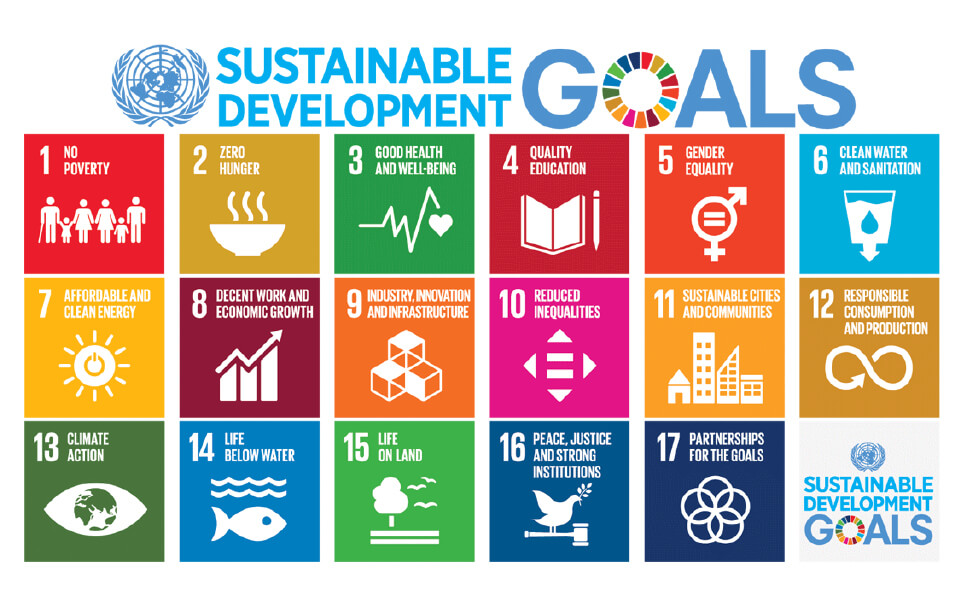
The 17 goals call for no poverty; zero hunger; good health and wellbeing; quality education; gender equality; clean water and sanitation; affordable and clean energy; decent work and economic growth; industry, innovation and infrastructure; reduced inequalities; sustainable cities and communities; responsible consumption and production; climate action; life below water; life on land; peace, justice and strong institutions; and partnerships with North-South and South-South cooperation to achieve the goals.
The Hamlin Model of Care and SDGs
Obstetric fistula, and maternal health care, intersect with numerous barriers to equality and wellbeing. Through Hamlin Fistula Ethiopia’s three pillars of treating fistula injuries, rehabilitating and reintegrating fistula patients, and preventing fistula injuries from occurring in the first place, much of the Hamlin team’s work overlaps with the effort to achieve the SDGs.
Goal 1: No poverty
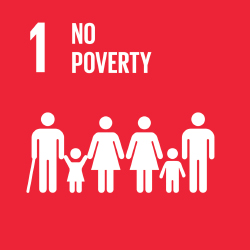
The first SDG is to end poverty in all forms, everywhere. The poverty line sits at $1.90 purchasing power parity – and employment does not guarantee that a woman will live above the poverty line. According to International Labor Organization Statistics (ILOSTAT), 11% of employed Ethiopian women aged between 15 and 24 live below the poverty line, whilst 12% of Ethiopian women over the age of 25 who are employed live below the poverty line.
The implications of poverty on a fistula patient are myriad: a common barrier to accessing appropriate treatment for a fistula injury is the cost of a bus ticket to the closest hospital. That’s why Hamlin’s Patient Identification Program, which goes door to door in remote Ethiopian villages to identify and transport fistula patients to their nearest Hamlin fistula hospital, is important in overcome poverty-induced barriers to care. When a fistula patient has been treated and is ready for discharge from a Hamlin fistula hospital, she leaves with a new dress and money for the bus fare home.
Goal 3: Good health and wellbeing
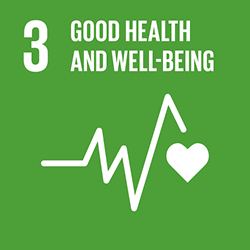
Ensuring healthy lives and promoting wellbeing for all at all ages is the third SDG. From nutrition and physical rehabilitation to counseling and providing cesarean deliveries for former patients, Hamlin’s holistic approach to good health and wellbeing extends far beyond a woman’s fistula injury. By treating the corollary conditions of fistula, patients leave Hamlin with the best chance of restarting their lives on an emotionally and physically healthy basis.
If a former patient becomes pregnant again, she is can return to a Hamlin hospital to safely undergo labor with a cesarean delivery. The holistic care at Hamlin is known as the Hamlin Model of Care. This model was pioneered by our founder Dr Catherine Hamlin and remains core to the organization today.
Goal 4: Quality education
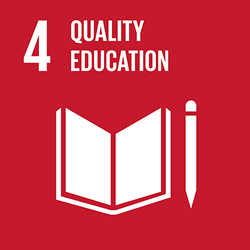
The fourth SDG is to ensure inclusive and equitable quality education and promote lifelong learning.
In Ethiopia, the literacy rate for girls and women aged 15 to 24 is only 47%. The rate for women between the ages of 25 and 64 is just 19%.
Patients at Hamlin attend literacy and numeracy classes while they recover, fostering a regained independence. In the 2019-2020 program year, 607 patients enrolled in training and education classes at Hamlin Fistula Ethiopia.
Goal 5: Gender equality
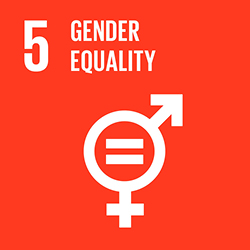
SDG 5 is to achieve gender equality and empower all women and girls. An inherently gendered experience, obstetric fistula can only be eradicated in a world where inequities in women’s health care and education are eliminated.
According to the UNFPA's State of the World Population Report 2020, the maternal mortality rate in Ethiopia is approximately 401 deaths per 100,000 live births. In Ethiopia, 70% of women give birth without a skilled birth attendant or midwife present.
Through preventing fistula from occurring in the first place, midwives are key to saving the lives of mothers, babies, and eradicating fistula.
Through training highly skilled midwives at the Hamlin College of Midwives and deploying them to Hamlin-supported midwifery clinics in or near their hometowns, Hamlin is building a stronger maternal health care network to appropriately meet the needs of Ethiopian women. Learn more about the work of Hamlin Midwives here.
Goal 8: Decent work and economic growth
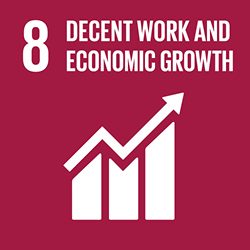
The eighth SDG is to promote sustained, inclusive and sustainable economic growth, full and productive employment and decent work for all.
According to ILOSTAT, 86% of women between the ages of 25 and 54 participate in the Ethiopian labor-force, yet 12% of these women still fall below the poverty line. Many women and families in rural Ethiopian communities live as subsistent farmers. A lack of education drastically limits the employment opportunities of women - only 34% of girls and young women attend secondary school in Ethiopia.
Vocational skills training is provided for long-term patients at Desta Mender, Hamlin’s Rehabilitation and Reintegration Center. At Desta Mender’s Juniper Café, patients learn hospitality skills, in addition to serving up delicious Ethiopian coffee. Patients can also learn business management skills, improved farming techniques – even pottery skills! This empowers women to reintegrate into their communities and rebuild their lives with choices, agency and confidence.
The evolving population trends in Ethiopia demonstrate the necessity of the Hamlin Model of Care’s multifaceted and holistic approach to women’s health and wellbeing. This work is only possible thanks to the generosity of our supporters. Click here to learn more about the Hamlin Model of Care.